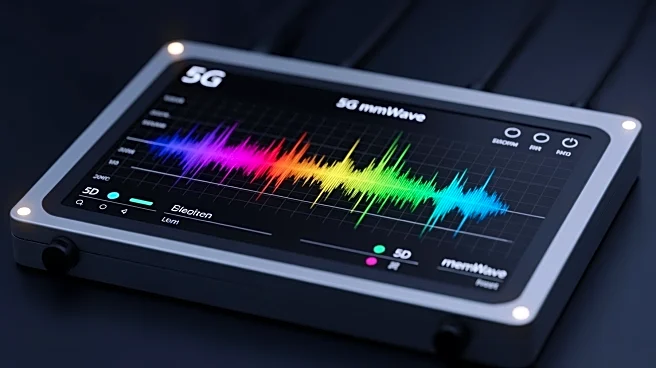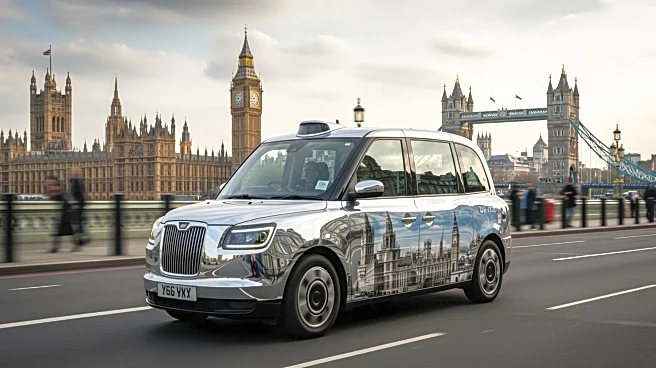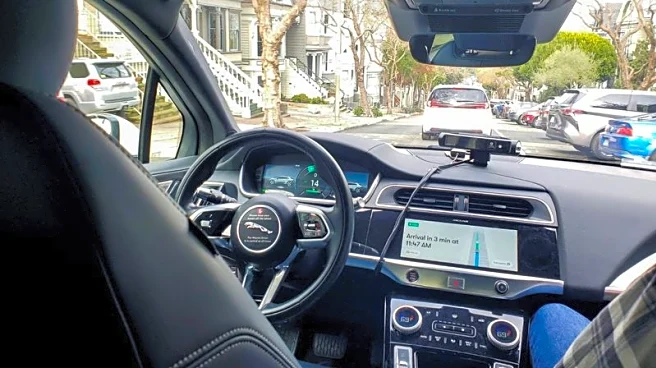What's Happening?
The UK government recently concluded a sale of 5G millimeter wave (mmWave) spectrum, raising £39 million ($52.4 million) from telecom operators BT, Virgin Media O2, and VodafoneThree. The sale included
spectrum in the 26GHz and 40GHz bands, which are considered less valuable due to their limited range and high deployment costs. Despite the potential for high-speed connectivity in crowded areas like stadiums and train stations, the spectrum's value has diminished compared to previous sales, such as the £22.5 billion raised from 3G licenses 25 years ago. The low auction price reflects challenges in deploying mmWave technology, including the need for compatible devices and the high cost of building a nationwide network.
Why It's Important?
The modest revenue from the UK's mmWave spectrum sale highlights the challenges facing telecom operators in deploying high-frequency 5G technology. While mmWave offers potential benefits in terms of capacity and performance, its limited range and high deployment costs have led to skepticism about its widespread adoption. The sale underscores the need for innovation in device compatibility and network infrastructure to fully realize the potential of mmWave technology. As operators explore the use of mmWave for specific applications, such as fixed wireless access and high-density areas, the technology may play a role in future 5G and 6G developments.
What's Next?
Telecom operators may focus on targeted deployments of mmWave technology in areas where high capacity and performance are needed, such as urban centers and event venues. The development of compatible devices and infrastructure will be crucial for expanding mmWave's use. As the technology evolves, operators may explore new applications, including extended reality (XR) devices and fixed wireless access, which require high performance and low latency. The sale positions the UK ahead of other European markets in terms of mmWave spectrum availability, potentially influencing future regulatory and industry developments.
Beyond the Headlines
The sale of mmWave spectrum raises questions about the long-term viability of high-frequency 5G technology. While it offers potential benefits, the challenges of deployment and device compatibility may limit its widespread adoption. The sale reflects broader industry trends, including the need for innovation in network infrastructure and device technology to support advanced applications. As operators navigate these challenges, the role of mmWave in future 5G and 6G networks remains uncertain.












